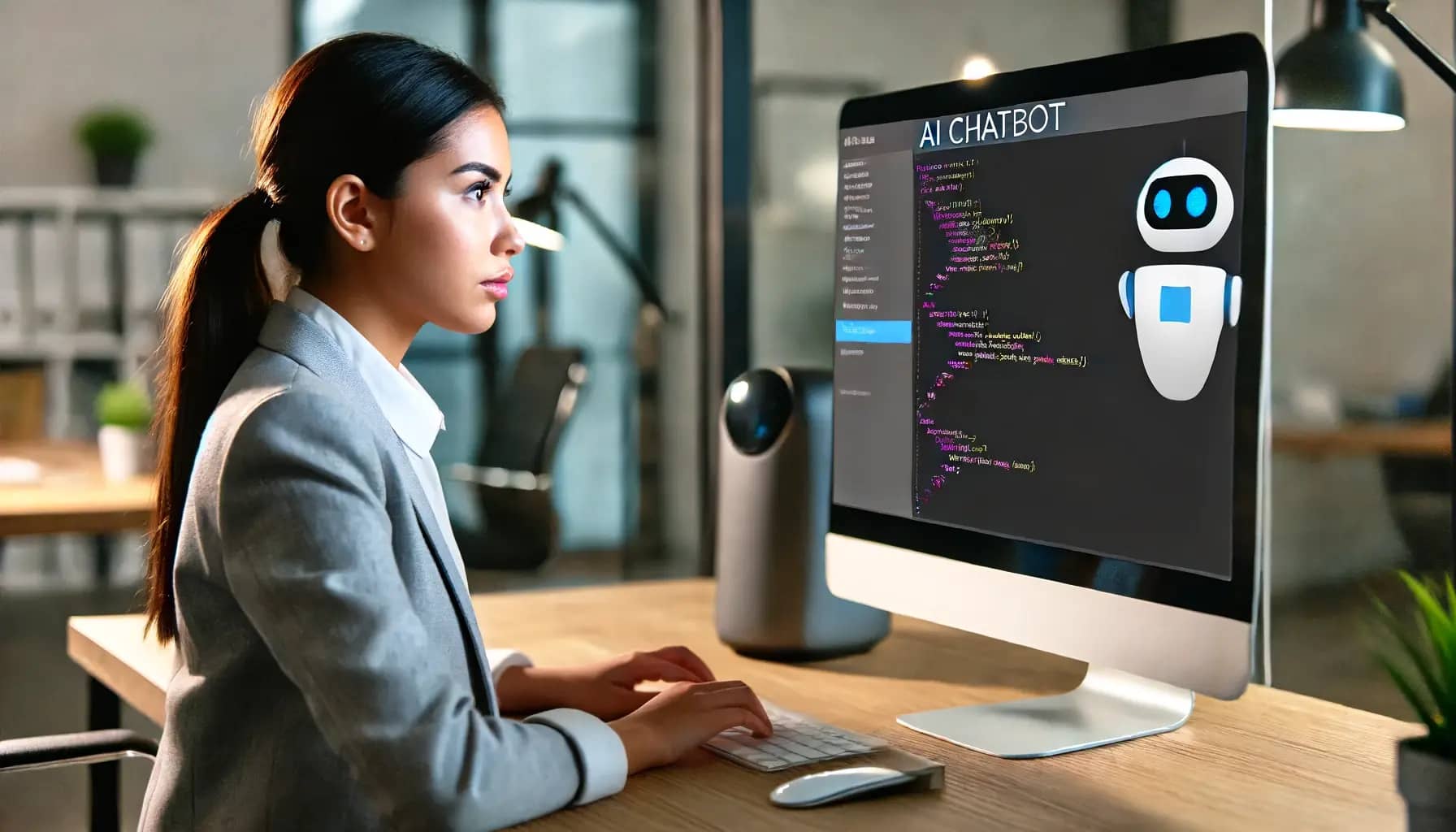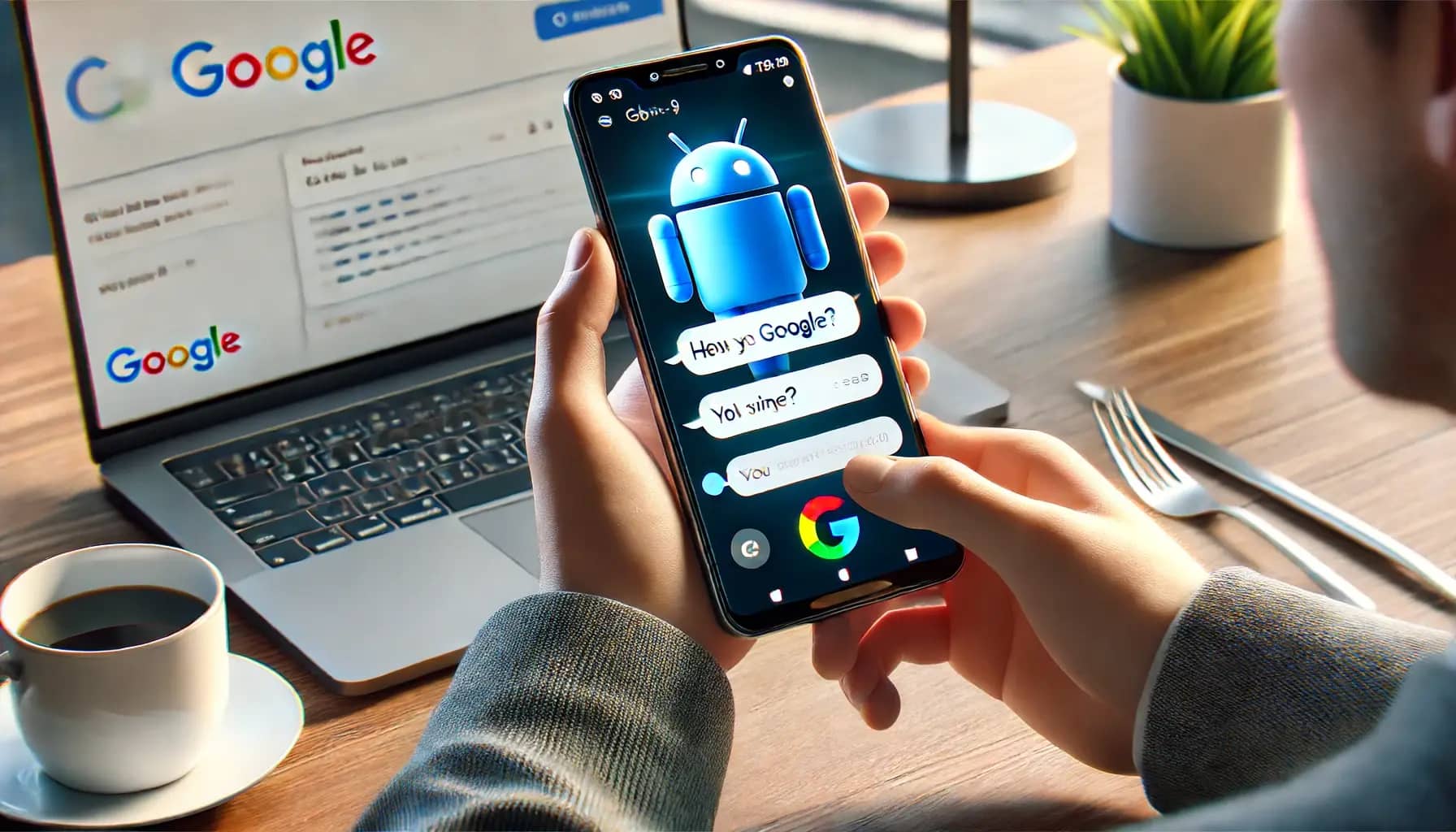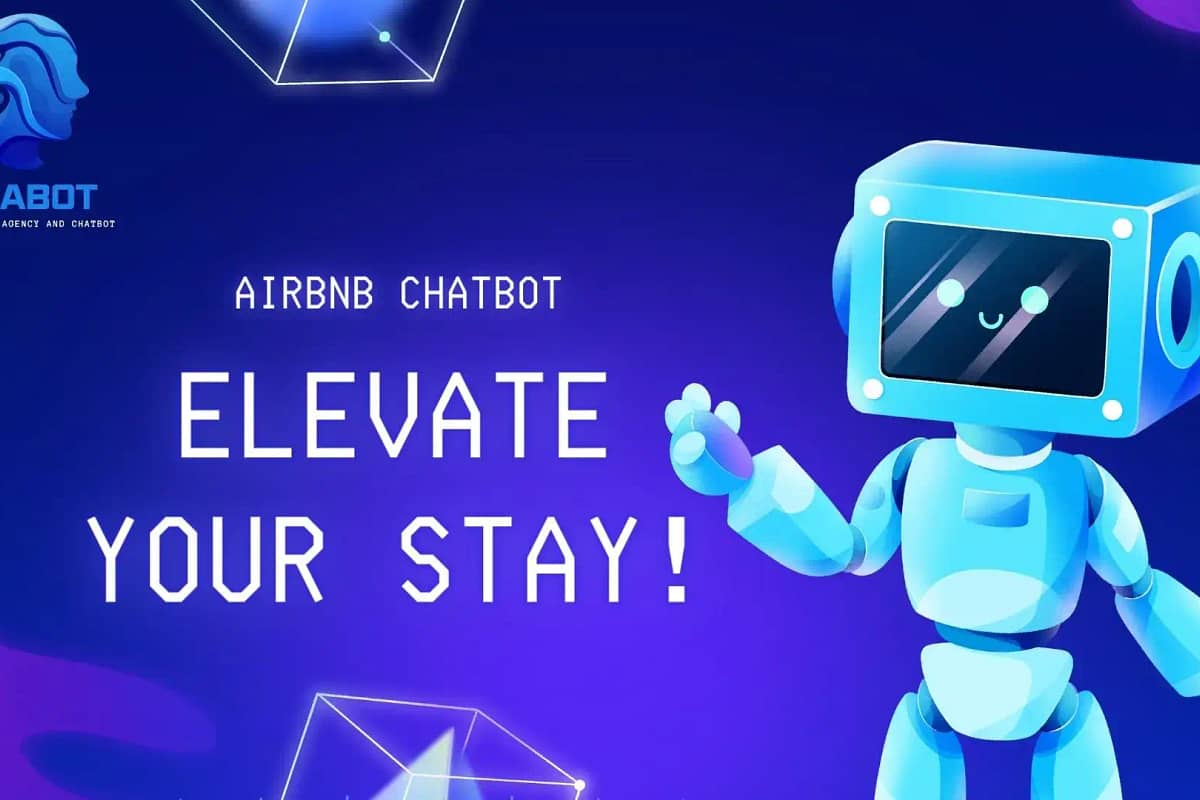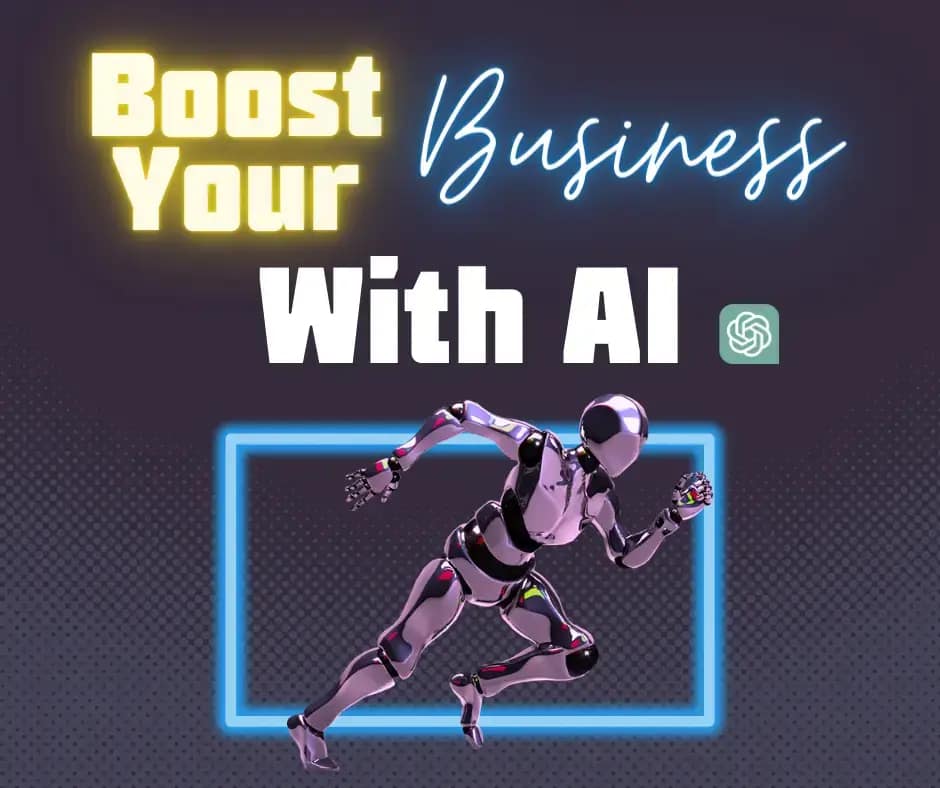Ever wondered how AI can chat like a human? Meet OpenAI’s Chatbot GPT. This groundbreaking technology is transforming communication, making interactions smoother and more intuitive. From customer service to personal assistants, the applications are endless. Dive into the world of OpenAI Chatbot GPT and discover how it’s reshaping our digital conversations. Ready to explore?
Key Takeaways
- Understand the Basics: Grasp the core principles of OpenAI Chatbot GPT to effectively utilize its capabilities in various applications.
- Leverage Strategies: Implement specific strategies, such as personalized responses and automated customer support, to maximize the benefits of OpenAI Chatbot GPT.
- Implementation Steps: Follow a structured approach to integrate OpenAI Chatbot GPT into your systems, ensuring a smooth and effective deployment.
- Learn from Success Stories: Draw inspiration and insights from real-world examples where businesses have successfully used OpenAI Chatbot GPT to enhance their operations.
- Overcome Challenges: Identify common obstacles in using OpenAI Chatbot GPT and adopt best practices to address these issues for optimal performance.
Understanding OpenAI Chatbot GPT
Core Features
OpenAI Chatbot GPT has several core features. It uses natural language processing to understand and generate human-like text. This allows it to hold conversations on various topics. The model is trained on diverse datasets, making it knowledgeable in many areas.
It can also perform tasks like answering questions, summarizing text, and translating languages. The chatbot learns from interactions, improving its responses over time.
Benefits for Businesses
Businesses gain many benefits from using OpenAI Chatbot GPT. One major advantage is 24/7 customer support. The chatbot can handle inquiries at any time, reducing the need for human agents.
Another benefit is cost efficiency. Automating customer service with a chatbot can lower operational costs. This frees up resources for other business areas.
The chatbot also provides consistent responses. This ensures customers receive accurate information every time they interact with the business.
Impact on Customer Engagement
By using OpenAI Chatbot GPT, companies can enhance customer engagement. The chatbot offers personalized interactions based on user data. This makes customers feel valued and understood.
Customers appreciate quick responses to their queries. The chatbot’s ability to reply instantly improves satisfaction levels. This leads to higher customer retention rates.
The chatbot’s versatility means it can be used across different platforms like websites and social media. This broadens the reach of customer engagement efforts.
Strategies to Leverage OpenAI Chatbot GPT
Personalized Customer Service
Businesses can use GPT for personalized customer service. It can handle queries round the clock. Customers get instant responses. GPT learns from interactions to improve its replies.
Content Creation and SEO
GPT assists in content creation. Writers use it to generate blog posts, articles, and social media updates. It also helps with SEO by suggesting keywords. Content is optimized for search engines and reaches a broader audience.
Data Analysis and Insights
GPT helps analyze large datasets. It identifies patterns and trends quickly. Businesses gain valuable insights without manual effort. Data-driven decisions become easier with automated analysis.
Automating Routine Tasks
Routine tasks like scheduling meetings or sending reminders can be automated using GPT. This saves time and reduces errors. Employees focus on more critical tasks while GPT handles repetitive work.
Enhancing User Experience
GPT enhances user experience on websites and apps. It provides interactive support and guides users through processes. Users find information faster and have smoother interactions.

Implementing OpenAI Chatbot GPT
Planning and Strategy
Define your goals before implementation. Understand what you want the chatbot to achieve. Identify the target audience. Determine the type of interactions expected. This step ensures that the chatbot meets user needs.
Integration Process
Integrate the chatbot with existing systems. Use APIs provided by OpenAI for smooth integration. Ensure compatibility with your website or app. Test the chatbot in a controlled environment first. Address any technical issues during this phase.
Training Your Chatbot
Train the chatbot using relevant data. Provide examples of expected conversations. Include both common and unique queries. Regularly update the training data to improve accuracy. Use feedback from real interactions to refine responses.
Monitoring and Feedback
Success Stories
Case Studies
Several companies have reported success with OpenAI Chatbot GPT. One notable example is KLM Royal Dutch Airlines. They integrated GPT into their customer service system in 2017. This resulted in faster response times and improved customer satisfaction.
Another case study is from Mitsuku, a chatbot that won the Loebner Prize Turing Test multiple times. It uses GPT to hold human-like conversations, demonstrating the potential of AI in creating engaging user experiences.
Business Growth
Businesses using OpenAI Chatbot GPT have seen significant growth. H&M, a global fashion retailer, implemented GPT to assist customers online. This led to an increase in sales and a reduction in customer service costs.
Mastercard also benefited from using GPT for fraud detection and customer inquiries. The chatbot’s ability to handle complex queries helped the company streamline operations and improve efficiency.
Customer Satisfaction
Customer satisfaction has improved for many companies using GPT. Spotify uses GPT to provide personalized music recommendations, enhancing user experience. This has led to higher user retention and positive feedback.
Sephora employs GPT in their virtual assistant to help customers find products. This has resulted in better customer engagement and satisfaction, as users receive tailored advice quickly.
Overcoming Challenges
Identifying Common Issues
Many users face challenges with OpenAI’s Chatbot GPT. Misunderstanding user intent is a frequent problem. The chatbot sometimes provides irrelevant responses. This can frustrate users. Another issue is handling complex queries. Chatbots may struggle with nuanced questions.
Privacy concerns are also significant. Users worry about data security. They fear their information might be misused. Maintaining context over long conversations can be difficult for the chatbot.
Solutions and Best Practices
There are ways to address these issues. Start by training the chatbot on diverse datasets. This helps it understand various queries better. Regular updates and fine-tuning improve performance.
Implementing strict privacy policies is crucial. Ensure users’ data is encrypted and stored securely. Communicate these measures clearly to build trust.
To maintain context, use advanced algorithms. These help the chatbot remember previous interactions. Encouraging user feedback can also enhance the system’s accuracy and reliability.
Future-Proofing Your Strategy
By planning ahead, you can stay ahead of potential problems. Invest in continuous learning for the chatbot. This keeps it updated with new information and trends.
Explore integrating AI advancements like natural language processing (NLP). This improves the chatbot’s understanding of human language nuances.
Consider scalability from the start. As your user base grows, ensure your infrastructure can handle increased demand.

Final Remarks
You’ve now got the lowdown on OpenAI Chatbot GPT. You’ve learned how to leverage it, implement it, and seen real-world success stories. Sure, there are challenges, but you can overcome them with the right approach. This tech is a game-changer for your business.
Ready to transform your customer interactions? Dive into the world of AI-powered chatbots today. Don’t wait—start exploring the endless possibilities now. Your future in AI awaits!
Frequently Asked Questions
What is OpenAI Chatbot GPT?
OpenAI Chatbot GPT is an advanced language model developed by OpenAI. It is designed to understand and generate human-like text based on the input it receives.
How can businesses benefit from using OpenAI Chatbot GPT?
Businesses can automate customer service, enhance user engagement, and provide personalized experiences. This leads to increased efficiency and customer satisfaction.
What are some strategies to leverage OpenAI Chatbot GPT effectively?
Utilize it for 24/7 customer support, lead generation, and content creation. Train the model with relevant data to improve accuracy and relevance.
How do I implement OpenAI Chatbot GPT in my business?
Start by integrating the API into your existing systems. Customize responses based on common queries and continuously monitor performance for improvements.
Can you share success stories of companies using OpenAI Chatbot GPT?
Yes, various companies have reported improved customer service efficiency and higher user engagement rates after implementing OpenAI Chatbot GPT.
What challenges might I face when using OpenAI Chatbot GPT?
Challenges include initial setup complexity, data privacy concerns, and ensuring accurate responses. Continuous monitoring and updates can mitigate these issues.
How do I overcome challenges with OpenAI Chatbot GPT?
Regularly update training data, ensure compliance with data privacy laws, and use human oversight to review chatbot interactions for quality assurance.






